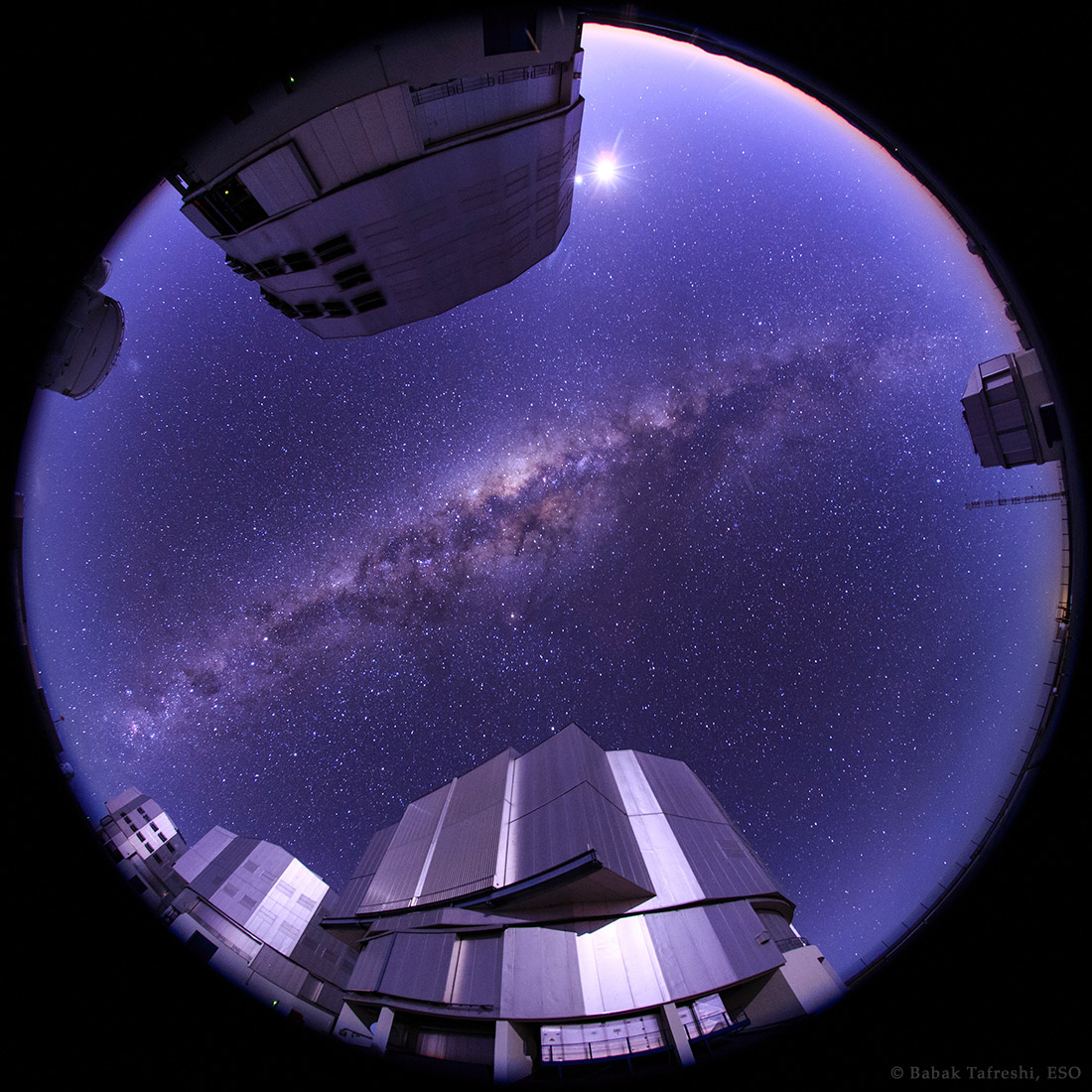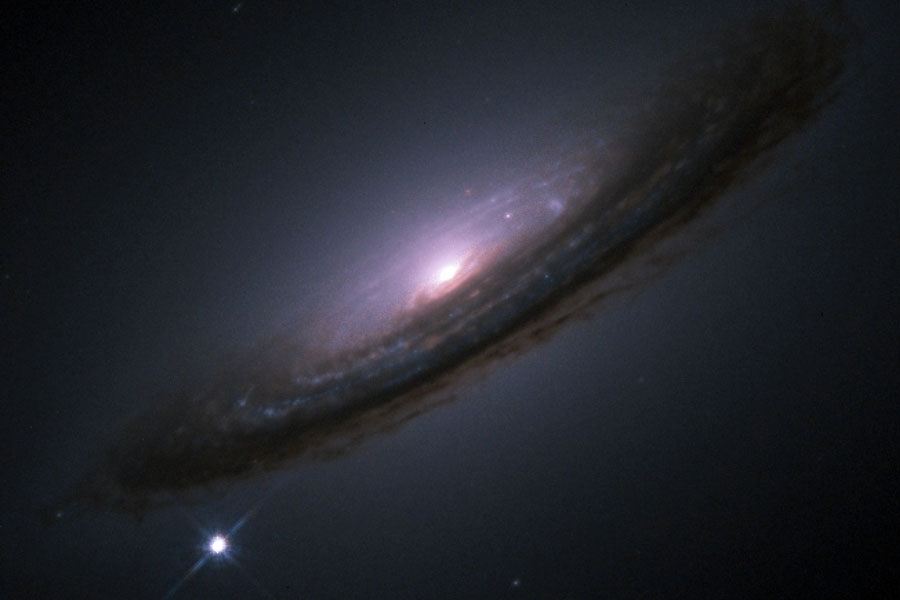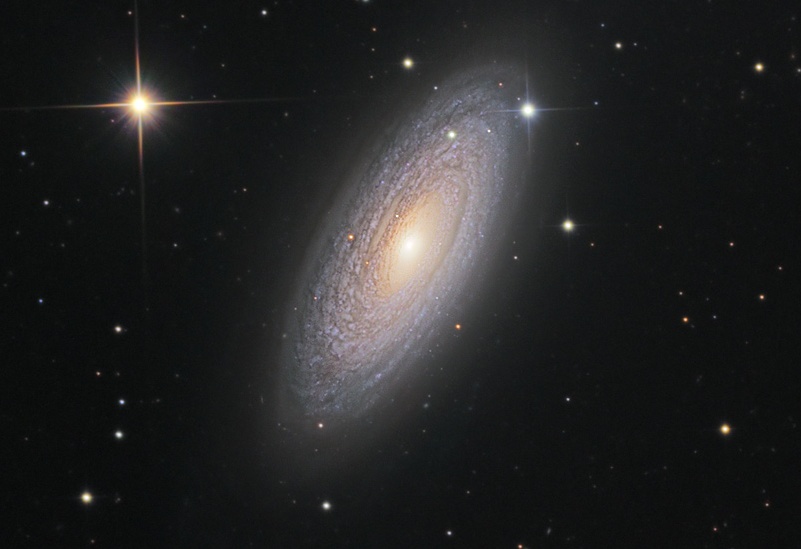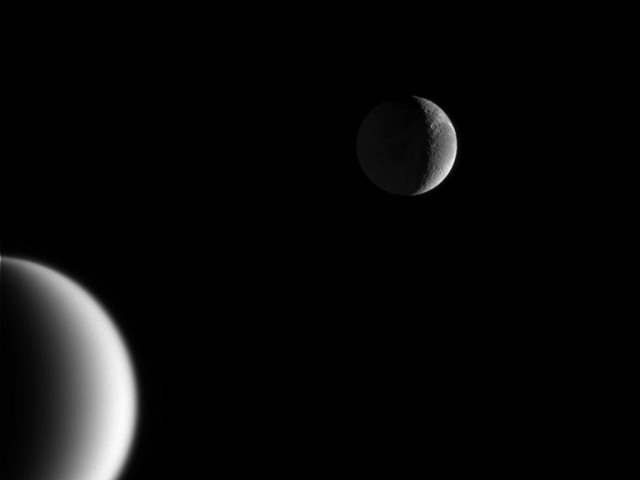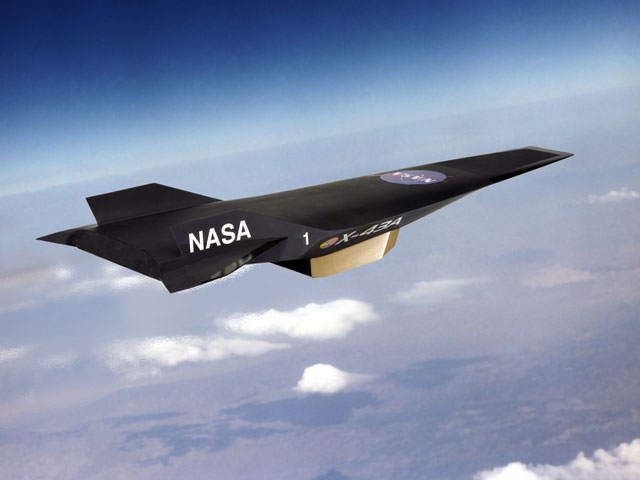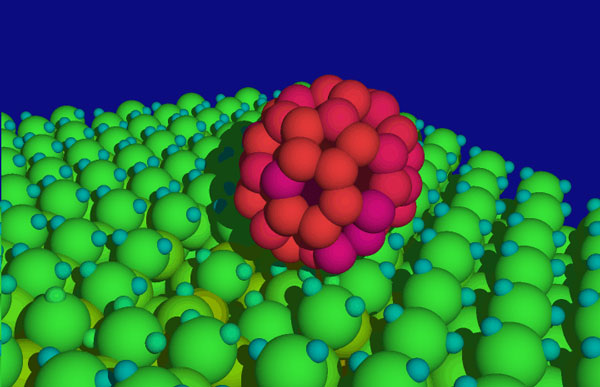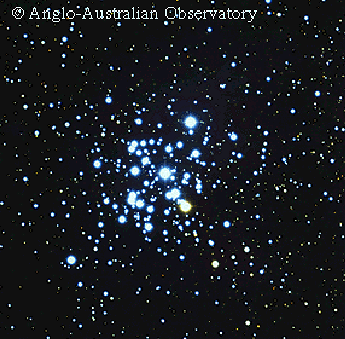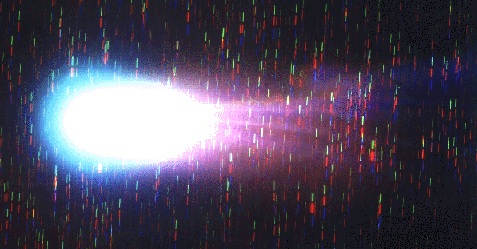| << Previous | Index | Next >> |
2015 What if you saw your shadow on Mars and it wasn't human? Then you might be the Opportunity rover currently exploring Mars. Opportunity has been exploring the red planet since early 2004, finding evidence of ancient water, and sending breathtaking images across the inner Solar System. Pictured above in 2004, Opportunity looks opposite the Sun into Endurance Crater and sees its own shadow. Two wheels are visible on the lower left and right, while the floor and walls of the unusual crater are visible in the background. Opportunity is continuing on its long trek exploring unusual terrain in Meridiani Planum which continues to yield clues to the ancient history of Mars, our Solar System, and even humanity.
2014 As dawn broke on March 27, the center of the Milky Way Galaxy stood almost directly above the European Southern Observatory's Paranal Observatory. In the dry, clear sky of Chile's Atacama desert, our galaxy's dusty central bulge is flanked by Paranal's four 8 meter Very Large Telescope units in this astronomical fisheye view. Along the top, Venus is close to the eastern horizon. The brilliant morning star shines very near a waning crescent Moon just at the edge of one of the telescope structures. Despite the bright pairing in the east, the Milky Way dominates the scene though. Cut by dust lanes and charged with clouds of stars and glowing nebulae, the center of our galaxy sprawls across the darker zenith even as the deep blue sky grows brighter and buildings still glint in moonlight.
2013 Orbiting in the plane of Saturn's rings, Saturnian moons have a perpetual ringside view of the gas giant planet. Of course, while passing near the ring plane the Cassini spacecraft also shares their stunning perspective. The thin rings themselves slice across the middle of this Cassini snapshot from April 2011. The scene looks toward the dark night side of Saturn, in the frame at the left, and the still sunlit side of the rings from just above the ringplane. Centered, over 1,500 kilometers across, Rhea is Saturn's second largest moon and is closest to the spacecraft, around 2.2 million kilometers away. To Rhea's right, shiny, 500 kilometer diameter Enceladus is about 3 million kilometers distant. Dione, 1,100 kilometers wide, is 3.1 million kilometers from Cassini's camera on the left, partly blocked by Saturn's night side.
2012 On March 27, five sounding rockets leapt into early morning skies from NASA's Wallops Flight Facility in Virginia. Part of the Anomalous Transport Rocket EXperiment (ATREX), begining at 4:58 am EDT the rockets launched consecutively at 80 second intervals. Releasing a chemical tracer they created luminous white clouds within Earth's ionosphere at altitudes above 60 to 65 miles, swept along by the poorly understood high-altitude jet stream. (Not the same jet stream that airliners fly through at altitudes of 5 to 6 miles.) Seen along the mid-atlantic region of the United States, the clouds drifted through starry skies, captured in this clear photograph from East Point, New Jersey. Looking south toward the launch site, the tantalizing celestial background includes the stars of Sagittarius, Scorpius, and the more permanent faint, white, luminous clouds of the Milky Way.
2011 Using the prolific planet hunting Kepler spacecraft, astronomers have discovered 1,235 candidate planets orbiting other suns since the Kepler mission's search for Earth-like worlds began in 2009. To find them, Kepler monitors a rich star field to identify planetary transits by the slight dimming of starlight caused by a planet crossing the face of its parent star. In this remarkable illustration, all of Kepler's planet candidates are shown in transit with their parent stars ordered by size from top left to bottom right. Simulated stellar disks and the silhouettes of transiting planets are all shown at the same relative scale, with saturated star colors. Of course, some stars show more than one planet in transit, but you may have to examine the picture at high resolution to spot them all. For reference, the Sun is shown at the same scale, by itself below the top row on the right. In silhouette against the Sun's disk, both Jupiter and Earth are in transit.
2010
[imghover6=http://apod.nasa.gov/apod/image/1003/mo ... otated.jpg]http://apod.nasa.gov/apod/image/1003/mo ... otated.jpg[/imghover6]Credit & Copyright: A. Dunlap-Smith; Drawing Acknowledgement: J. Hevelius
2009 Eleven years ago results were first presented indicating that most of the energy in our universe is not in stars or galaxies but is tied to space itself. In the language of cosmologists, a large cosmological constant is directly implied by new distant supernovae observations. Suggestions of a cosmological constant (lambda) were not new -- they have existed since the advent of modern relativistic cosmology. Such claims were not usually popular with astronomers, though, because lambda is so unlike known universe components, because lambda's value appeared limited by other observations, and because less- strange cosmologies without lambda had previously done well in explaining the data. What is noteworthy here is the seemingly direct and reliable method of the observations and the good reputations of the scientists conducting the investigations. Over the past eleven years, independent teams of astronomers have continued to accumulate data that appears to confirm the existence of dark energy and the unsettling result of a presently accelerating universe. The above picture of a supernova that occurred in 1994 on the outskirts of a spiral galaxy was taken by one of these collaborations.
2008 Some 50 million light-years distant, spiral galaxy NGC 2841 can be found in the northern constellation of Ursa Major. This sharp view of the gorgeous island universe shows off a striking yellow nucleus and galactic disk with tightly wound spiral arms. NGC 2841 has a diameter of over 150,000 light-years, even larger than our own Milky Way Galaxy. The galaxy's dust lanes and turbulent star-forming regions are found along the spiral arms, but X-ray images suggest that resulting winds and stellar explosions create plumes of hot gas extending into a halo around NGC 2841. Of course, the prominent stars with a spiky appearance in the picture are close foreground objects within the Milky Way and not associated with NGC 2841.
2007 South is toward the top in this frame from a stunning movie featuring Jupiter and moons recorded last Thursday from the Central Coast of New South Wales, Australia. In fact, three jovian moons and two red spots are ultimately seen in the full video as they glide around the solar system's ruling gas giant. In the early frame above, Ganymede, the largest moon in the solar system, is off the lower right limb of the planet, while intriguing Europa is visible against Jupiter's cloud tops, also near the lower right. Jupiter's new red spot junior is just above the broad white band in the planet's southern (upper) hemisphere. In later frames, as planet and moons rotate (right to left), red spot junior moves behind Jupiter's left edge while the Great Red Spot itself comes into view from the right. Also finally erupting into view at the right, is Jupiter's volcanic moon, Io. To download the full 2 megabyte movie as an animated gif file, click on the picture.
2006 What causes gaps between aurora curtains? These unusual gaps can make auroral displays appear more detailed and intricate. Research using data from four Cluster spacecraft orbiting the Earth has likely found the secret: auroral gaps, sometimes knows as black auroras, are actually anti-auroras. In normal auroras, electrons and/or predominantly negatively charged particles fall toward Earth along surfaces of constant magnetic field. They ionize the Earth's atmosphere on impact, causing the bright glows. In auroral gaps, however, negatively charged particles may be sucked out from the Earth's ionosphere along adjoining magnetic field lines. These dark anti-auroras can climb to over 20,000 kilometers and last for several minutes. Pictured above, a series of well-defined auroral gaps is seen dividing green aurora curtains high above Harstad, Norway, earlier this month.
2005 What would it be like to see a sky with many moons? Such is the sky above Saturn. When appearing close to each other, moons will show a similar phase. A view with two of the more famous moons of Saturn in crescent phase was captured last month by the robot spacecraft Cassini now orbiting Saturn. Titan, on the lower left, is among the largest moons in the Solar System and is perpetually shrouded in clouds. Recently, the Huygens probe landed on Titan and gave humanity its first view of its unusual surface. Dione, on the upper right, has less than a quarter of Titan's diameter and has no significant atmosphere. Dione, although appearing smaller, was only half the distance to Titan when the above image was taken.
2004 Using oxygen from the air itself, a NASA experimental jet propelled itself past Mach 7 in the atmosphere above the Pacific Ocean this weekend. The small automated X-43A Hyper-X craft was dropped from a huge converted B-52 bomber and then accelerated by a standard Pegasus rocket. At Mach 7, seven times the speed of sound, the X-43A separated and the novel scramjet kicked in. Atmospheric oxygen was then scooped up, combined with onboard hydrogen, and combusted in flight to propel the X-43A to record air speeds during maneuvers over the next 10 seconds. Engines of ramjet design have been suggested as a satellite launch method without heavy fuel tanks and even romanticized for interstellar space travel. The previously acknowledged air-speed record for jet-powered flight was Mach 3.3 for the decommissioned SR-71. Re-entering space rockets can start as high as Mach 36 before the atmosphere decelerates them. The X-43A, depicted in the artist's illustration above, might well propel itself past Mach 10 in future tests.
2003 Hurtling through space above the Red Planet, potato-shaped Phobos completes an orbit of Mars in less than eight hours. In fact, since its orbital period is shorter than the planet's rotation period, Mars-based observers see Phobos rise in the west and set in the east - traveling from horizon to horizon in about 5 1/2 hours. These three images from the Mars Global Surveyor (MGS) spacecraft record the oval shadow of Phobos racing over western Xanthe Terra on August 26, 1999. The area imaged is about 250 kilometers across and is seen in panels from left to right as red filter, blue filter, and combined color composite views from the MGS wide-angle camera system. The three dark spots most easily seen in the red filter image are likely small fields of dark sand dunes on crater floors. Standing in the shadow of Phobos, you would see the Martian version of a solar eclipse!
2002 NGC 4631 is a big beautiful spiral galaxy seen edge-on only 25 million light-years away towards the small northern constellation Canes Venatici. This galaxy's slightly distorted wedge shape suggests to some a cosmic herring and to others the popular moniker of The Whale Galaxy. Either way, it is similar in size to our own Milky Way. In this gorgeous color image, the Whale's dark interstellar dust clouds, young bright blue star clusters, and purplish star forming regions are easy to spot. A companion galaxy, the small elliptical NGC 4627 appears above the Whale Galaxy. Out of view off the lower left corner of the picture lies another distorted galaxy, the hockey stick-shaped NGC 4656. The distortions and mingling trails of gas and dust detected at other wavelengths suggest that all three galaxies have had close encounters with each other in their past. The Whale Galaxy is also known to have spouted a halo of hot gas glowing in x-rays.
2001 Have you checked the space weather report lately? With a coronal mass ejection (CME) headed our way and an immense sunspot group tracking across the solar photosphere, skygazers should be on the alert. The interaction of clouds of energetic particles from the active Sun with planet Earth's magnetosphere often produces significant geomagnetic storms and auroral displays. In fact, just days ago on March 24, photographer Jan Curtis pointed his camera straight up to captured this awesome auroral curtain towering in clear and very cold (-25F) skies over Fairbanks, Alaska, USA. Now, forecasts indicate that a recent Earth-directed CME may also trigger moderate geomagnetic storms over the next few days. Night sky aurora, possibly extending to middle latitudes, would be most likely on March 30-31.
2000 Scientists have found, unexpectedly, tiny time capsules from billions of years in the past. The discovery involves small molecules that can apparently become trapped during the formation of large enclosed molecules known as fullerenes, or buckyballs. Luann Becker (U. Hawaii) and collaborators recently found fullerenes in an ancient meteorite that fell to Earth about 30 years ago. Extra-terrestrial fullerenes inside the meteorite survived, and upon inspection, were not empty inside. The small molecules trapped inside are giving a glimpse of what the Solar System was like during its formation. Pictured above is a computer simulation showing a relatively small fullerene (60-atoms of carbon) situated above a hydrogenated silicon surface. How these fullerenes formed, how they survived, where else they can be found, and what else might be found inside these tiny time capsules is developing into an exciting area of research.
1999 There's nothing like it in our own Galaxy. Globular clusters as young as NGC 1850 don't exist here. Globular clusters only 40 millions of years old can still be found in the neighboring LMC galaxy, though, but perhaps none so unusual as NGC 1850. Close inspection of the above photograph will reveal two clusters. Below and right of the main group of stars known as NGC 1850A is a smaller, still younger group dubbed NGC 1850B. This cluster is made of stars only about four million years old. The large red cloud of gas surrounding the clusters may have been predominantly created by supernovae explosions of stars in the younger cluster. The red supernova remnant N57D is visible on the upper left.
1998
1997 What's the closest galaxy to our Milky Way? For many years astronomers thought it was the Large Magellanic Cloud (LMC). But the seemingly insignificant fuzzy patch shown above turned out to be part of a galaxy that is even closer. Deemed the "Sagittarius Dwarf", this small galaxy went unnoticed until its discovery in 1994 by R. Ibata, G. Gilmore and M. Irwin (RGO). The reason the Sagittarius Dwarf hadn't been discovered earlier is because it is so dim, it is so spread out over the sky, and there are so many Milky Way stars in front of it. The distance to the Sagittarius Dwarf was recently measured to be about one third of the distance to the LMC. Astronomers now believe that this galaxy is slowly being torn apart by the vast gravitational forces of our Galaxy.
1996
| << Previous | Index | Next >> |

